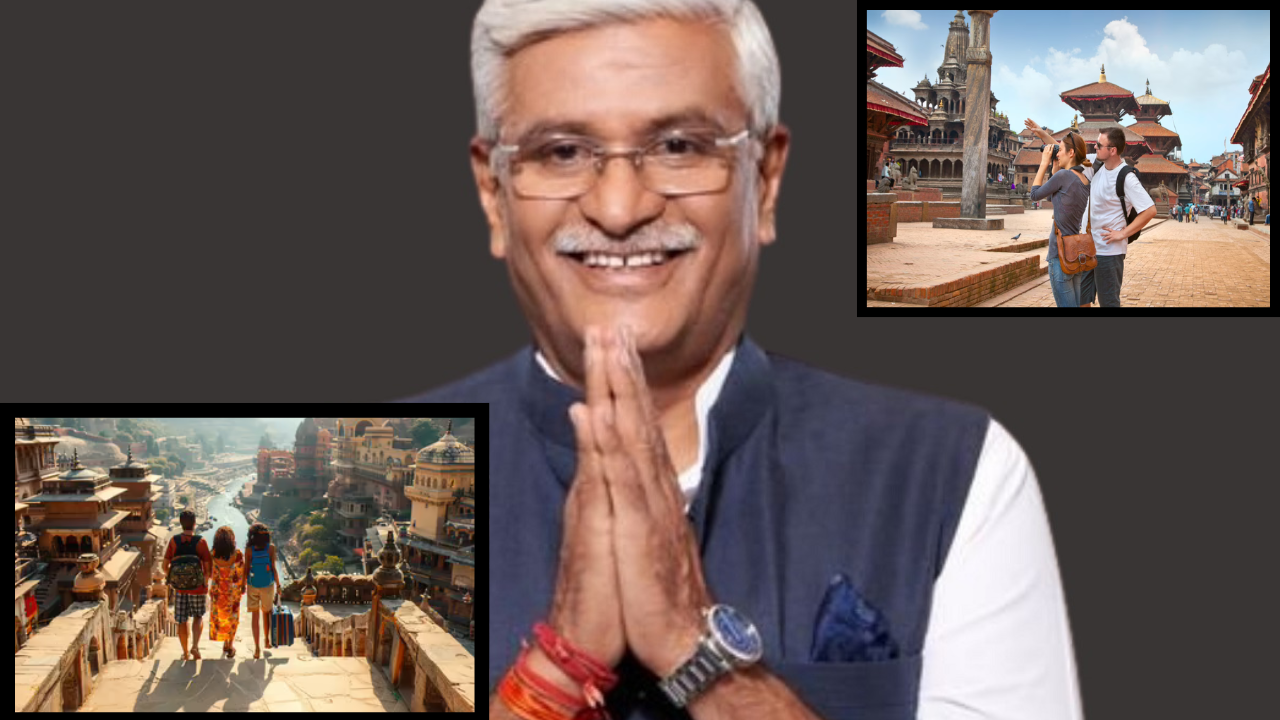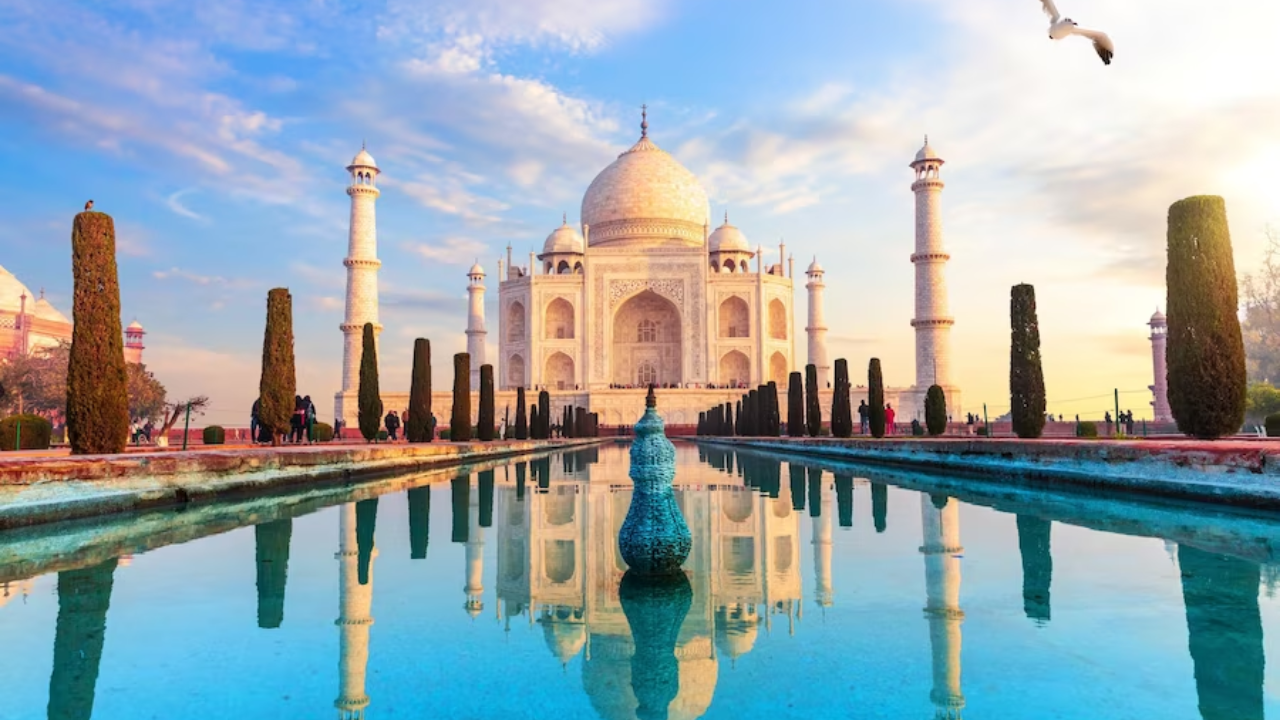 English
English

With tourism contributing over Rs 20 lakh crore to India’s GDP and forecasts of more than 25 % annual growth, can this sector truly become the backbone of economic revival and livelihood creation across the nation?

Tourism already contributes over Rs 20 lakh crore to India’s GDP.
New Delhi: Union Minister Gajendra Singh Shekhawat, stated that tourism already contributes over Rs 20 lakh crore to the national GDP and is expected to grow at a compound annual growth rate (CAGR) exceeding 25 %. Beyond the headline numbers, he emphasized the sector’s deep impact — it supports over 84 million livelihoods and is powered by a mix of international and domestic travelers.
India's tourism sector is experiencing significant growth, with over 20 million international visitors and approximately 2.94 billion domestic trips annually. This surge underscores tourism's role as a dynamic economic engine, driving employment, infrastructure development, and cultural exchange across the nation.
UP set to develop as eco and religious tourism hub
That projected 25 %+ CAGR is more than a statistic — it signals a visionary goal. If sustained, such growth could propel tourism towards becoming one of India’s fastest-growing sectors. The minister’s framing signals that the government views tourism not simply as complementary, but as central to national economic strategy.
Shekhawat highlighted how tourism’s ripple effects touch far more than heritage sites. Artisans access wider markets, families operate homestays, women lead eco‑retreats, and youth become empowered as local guides and hosts. The narrative is one of decentralized growth and community participation.
To support this scale of growth, the government is investing heavily in roads, airports, inland waterways and digital connectivity to make travel seamless.
These efforts form the backbone needed to unlock remote and under‑developed destinations.
Multiplier Effect across Sectors
Tourism doesn’t just fill hotel rooms. It boosts demand for handicrafts, transport, local food, guiding services, rural lodging, and experiential services — creating a value chain that extends far beyond conventional hospitality.

Tourism sector sustains more than 84 million livelihoods across India.
Strategic Policy & Destination Development
Schemes like Swadesh Darshan, which promote theme‑based circuit development, help package India’s diversity into coherent tourism offerings.
Meanwhile, states are being encouraged to prepare circuits, facilitate land for hospitality, and integrate local ecosystems into tourism planning.
Domestic and Foreign Arrivals
While domestic travel already accounts for billions of trips, the untapped potential of inbound tourism remains significant. Streamlined visa policies, stronger international marketing, and connectivity can help close the gap. Moreover, the government aims to elevate tourism’s share of GDP to 10 % by 2030 (or by 2047 in some projections).
UP Floods: SP Chief Akhilesh Yadav called CM Yogi’s aerial survey ‘Flood Tourism’
If India can convert ambition into execution, tourism might transcend its traditional role and emerge as a defining pillar of the nation’s growth journey.
No related posts found.